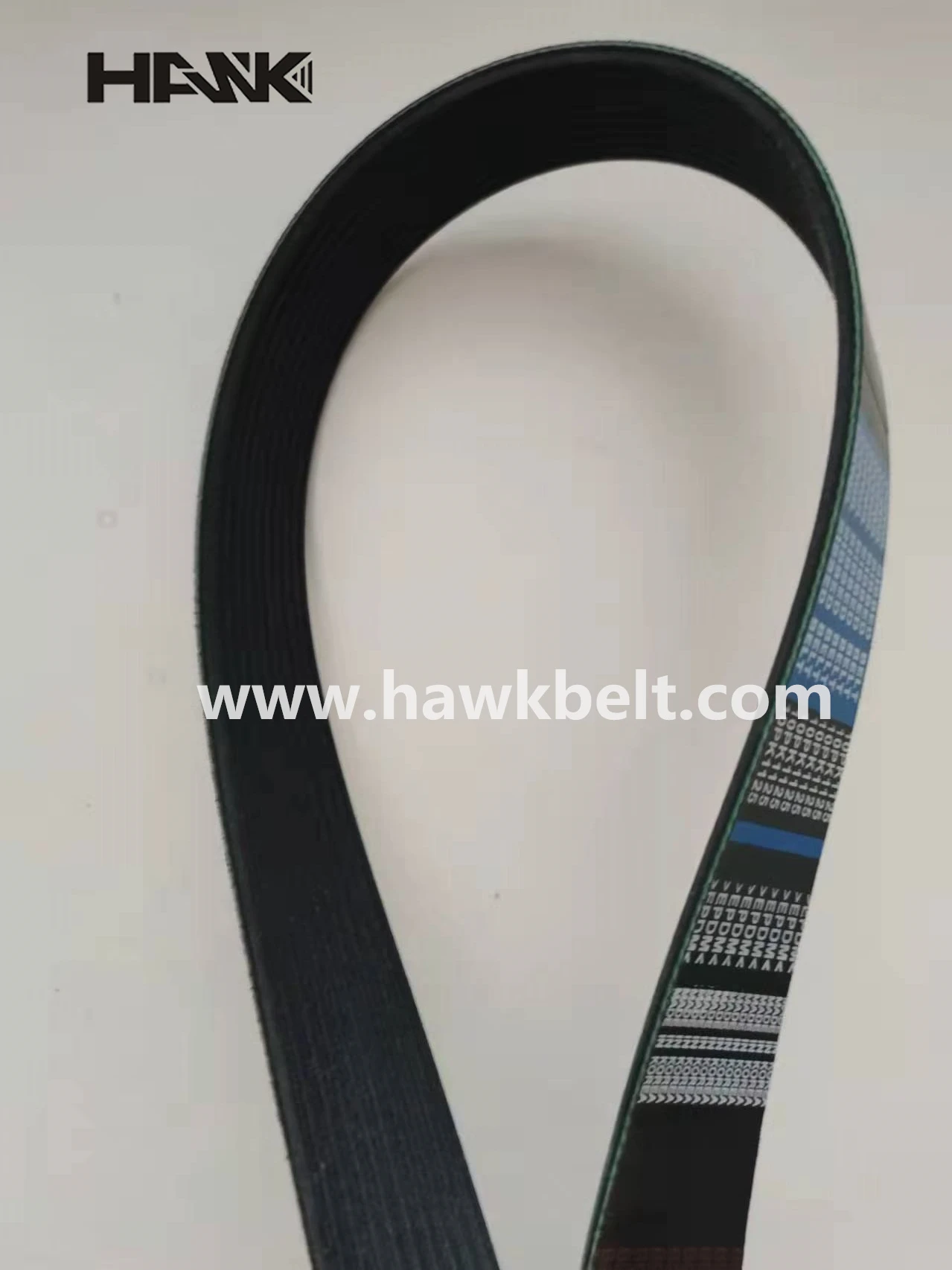- Arabic
- French
- Russian
- Spanish
- Portuguese
- Turkish
- Armenian
- English
- Albanian
- Amharic
- Azerbaijani
- Basque
- Belarusian
- Bengali
- Bosnian
- Bulgarian
- Catalan
- Cebuano
- Corsican
- Croatian
- Czech
- Danish
- Dutch
- Afrikaans
- Esperanto
- Estonian
- Finnish
- Frisian
- Galician
- Georgian
- German
- Greek
- Gujarati
- Haitian Creole
- hausa
- hawaiian
- Hebrew
- Hindi
- Miao
- Hungarian
- Icelandic
- igbo
- Indonesian
- irish
- Italian
- Japanese
- Javanese
- Kannada
- kazakh
- Khmer
- Rwandese
- Korean
- Kurdish
- Kyrgyz
- Lao
- Latin
- Latvian
- Lithuanian
- Luxembourgish
- Macedonian
- Malgashi
- Malay
- Malayalam
- Maltese
- Maori
- Marathi
- Mongolian
- Myanmar
- Nepali
- Norwegian
- Norwegian
- Occitan
- Pashto
- Persian
- Polish
- Punjabi
- Romanian
- Samoan
- Scottish Gaelic
- Serbian
- Sesotho
- Shona
- Sindhi
- Sinhala
- Slovak
- Slovenian
- Somali
- Sundanese
- Swahili
- Swedish
- Tagalog
- Tajik
- Tamil
- Tatar
- Telugu
- Thai
- Turkmen
- Ukrainian
- Urdu
- Uighur
- Uzbek
- Vietnamese
- Welsh
- Bantu
- Yiddish
- Yoruba
- Zulu
Okt . 18, 2024 11:50 Back to list
Understanding Timing Belts and Their Importance for Your Vehicle's Performance
Understanding Timing Belts in Cars Essential Maintenance for Optimal Performance
A car's engine is a marvel of engineering, comprising numerous components working in harmony to produce power and ensure efficiency. Among these essential components is the timing belt, a crucial element that plays a pivotal role in the engine's overall performance. Whether you're a seasoned car enthusiast or a casual driver, understanding the significance of the timing belt can save you from costly repairs and ensure your vehicle runs smoothly.
What is a Timing Belt?
The timing belt is a reinforced rubber belt equipped with teeth that synchronize the rotation of the engine's crankshaft and camshaft(s). This synchronization is vital because it ensures that the engine's valves open and close at the correct times in relation to the position of the pistons. A properly functioning timing belt guarantees that the engine performs efficiently, ultimately enhancing your car’s performance.
The Importance of Timing Belt Maintenance
Like any other component of your vehicle, the timing belt has a limited lifespan. Most manufacturers recommend replacing the timing belt every 60,000 to 100,000 miles, but this can vary based on the vehicle's make and model. Neglecting to replace a worn or damaged timing belt can lead to severe consequences. If the belt breaks while the engine is running, it can cause catastrophic engine damage, including bent valves, damaged pistons, and even a completely ruined engine. This type of repair can be incredibly expensive, making regular maintenance and timely replacement essential.
Signs of a Failing Timing Belt
Awareness of the signs of a failing timing belt can help you identify potential issues before they escalate into costly repairs
1. High-pitched Noise A distinct whining or squealing sound from the engine may indicate a worn or misaligned timing belt. This noise is often the result of the belt slipping or rubbing against other components.
2. Engine Misfires If the timing belt is stretched or damaged, it can lead to misalignment between the crankshaft and camshaft, potentially causing the engine to misfire or run roughly.
3. Oil Leaks Timing belt covers can wear out over time, leading to oil leaks. If you notice oil pooling under your vehicle or around the timing belt area, it may be time for a replacement.
timing belt for cars

4. Dashboard Warning Lights Some vehicles have warning lights that indicate engine problems. If you see a warning light related to the engine or performance, it’s advisable to have the vehicle inspected by a professional.
5. Visible Wear If you have access to the timing belt and can inspect it visually, look for signs of wear, such as cracks, fraying, or discoloration.
The Replacement Process
Replacing a timing belt is not a simple task and is best left to a professional mechanic. The process typically involves
1. Removing Protective Covers The mechanic will start by removing any covers that might obstruct access to the timing belt.
2. Aligning the Engine The engine will need to be positioned correctly to ensure that the new timing belt is installed with the correct tension and alignment.
3. Replacing Components In many cases, mechanics will recommend replacing other components, such as the water pump and tensioners, during the timing belt replacement. This preventive step can save you money in the long run.
4. Testing Once the new timing belt is installed, the mechanic will test the engine to ensure everything is functioning properly.
Conclusion
The timing belt is a small yet vital component of your vehicle's engine. Regular maintenance and timely replacement can prevent serious engine damage and costly repairs down the line. By understanding the signs of a failing timing belt and adhering to manufacturer recommendations for replacement, you can enhance your vehicle's performance and reliability. Remember, when it comes to your car's health, an ounce of prevention is worth a pound of cure.
-
Upgrade Power Steering Pump Belt for Smooth, Quiet Operation
NewsAug.27,2025
-
Precision Timing Belt & Chain: Engine Performance & Durability
NewsAug.26,2025
-
Precision Lathe Drive Belts: Durable & Reliable Performance
NewsAug.25,2025
-
84.5 Serpentine Belt: Durable & Precision Fit for Your Engine
NewsAug.24,2025
-
Premium Ribbed Drive Belts for Quiet Power Transmission
NewsAug.23,2025
-
High-Performance Vehicle Timing Belt for Engine Precision
NewsAug.22,2025

